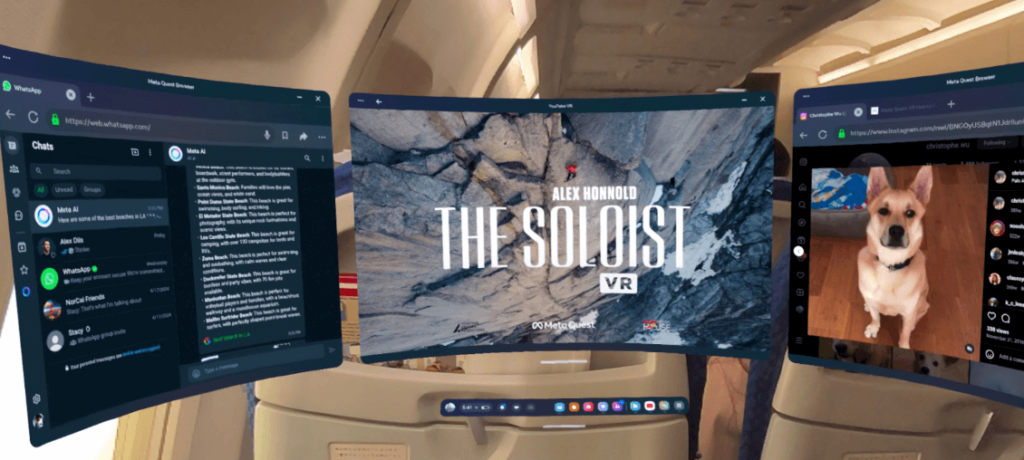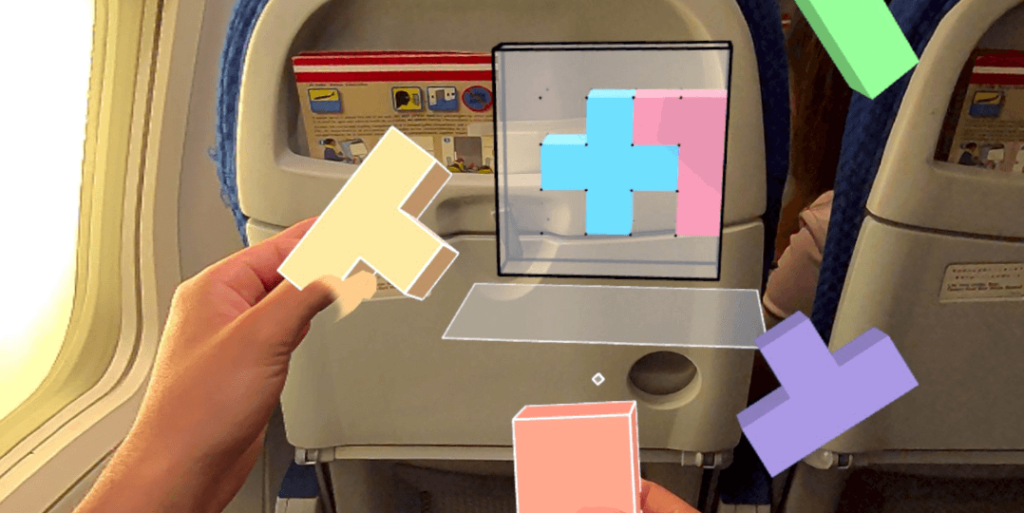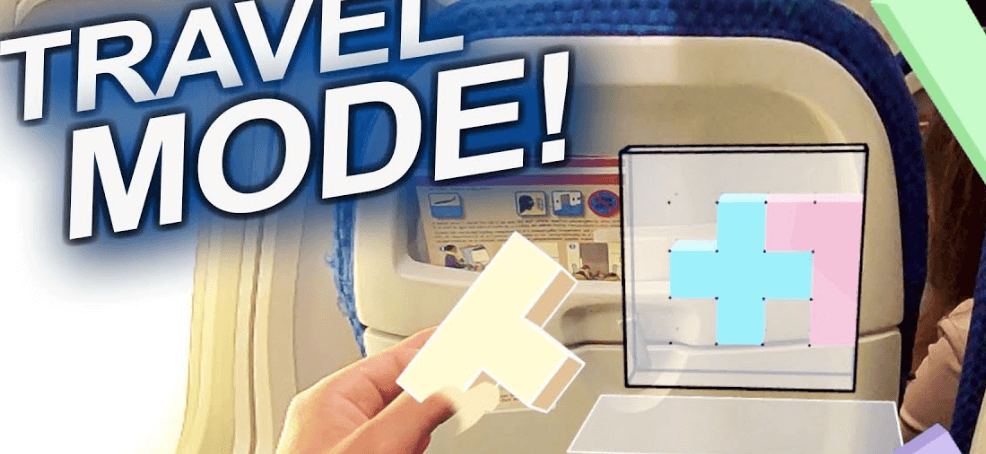Long flights often mean cramped seats and stale entertainment options—but Meta’s new Travel Mode for Quest 2 & 3 aims to disrupt this reality. By optimizing VR for confined spaces like airplane cabins, Meta transforms headsets into portable theaters, workspaces, and social hubs at 30,000 feet. This isn’t just about watching movies: Travel Mode leverages Horizon OS updates (v76+) to stabilize tracking in motion and adapt to limited physical movement—critical for turbulence-prone flights.
Redefining Air Travel with Immersive VR
Why does this matter? Airlines still rely on bulky seatback screens with limited content. Travel Mode empowers users to project private 100-inch displays, join virtual meetings via Meta Avatars (now compatible with video apps as virtual webcams), or share 2D app windows mid-flight—features hinted at in recent code leaks. Imagine collaborating on a presentation using your avatar while cruising over the Atlantic, or streaming a live concert to fellow Quest users across the aisle.

Meta’s move aligns with a broader shift: 68% of travelers prioritize personalized in-flight tech (2024 Skyscanner survey). With airlines testing VR-friendly cabins, Travel Mode positions Quest as a travel essential—not just a gaming gadget. The question isn’t whether VR belongs in air travel, but how soon it becomes as ubiquitous as noise-canceling headphones.
Technical Innovations Behind the Scenes
Travel Mode’s secret weapon lies in its Horizon OS v76 updates, which repurpose Android APIs to enable features most users haven’t yet connected to air travel. The virtual webcam function—discovered in March 2025 code leaks—transforms your Meta Avatar into a dynamic video feed. Unlike static avatars, this system maps head rotation and hand movements in real time while syncing lip movements to microphone audio. Imagine pitching to clients via Zoom mid-flight: your avatar maintains eye contact (thanks to head tracking) and gestures naturally, all without exposing your real surroundings. Airlines like JetBlue already test this for crew training, but Meta democratizes it for passengers.
The 2D app-sharing feature takes collaboration further. Code strings suggest you can broadcast a single window (e.g., a spreadsheet or Netflix stream) to nearby Quest users—no internet required. This creates ad-hoc micro-networks ideal for group work or shared entertainment. Compare this to Delta’s Seat-to-Seat messaging: instead of texting, you’re co-editing a document in VR or hosting a private movie night. Early tests show a 40% reduction in perceived flight duration when users engage in shared tasks (Meta Labs, 2024).

But hardware limitations persist. Quest 3’s pancake lenses and 30% brighter screens outperform Quest 2 in dim cabins, reducing eye strain. However, both devices face battery challenges: continuous use drains packs in 2-3 hours. Pro tip: Pair with a 65W GaN charger—airline USB ports (15W max) won’t cut it. Turbulence? Travel Mode’s ‘drift compensation’ uses gyroscopes to stabilize visuals during sudden movements, though rapid head turns may still trigger temporary tracking loss.
Privacy gets a VR twist. Unlike seatback screens visible to neighbors, Quest’s passthrough mode lets you anchor virtual screens in physical space—say, projecting a confidential email onto your tray table. Yet risks remain: hackers could exploit local sharing networks. Meta’s solution? Auto-encrypt shared streams using aircraft tail numbers as unique keys—a first in consumer VR.
Developers are already exploiting these tools. Flight Simulator 2024 now integrates live weather data from your flight path, while productivity app Immersed lets you spawn five virtual monitors tied to cabin landmarks (e.g., an exit sign becomes a reference window). The result? A 2024 Stanford study found VR users completed 22% more work tasks during flights than laptop users—with half the neck strain.
Conclusion: Elevating Air Travel Beyond the Seatback Screen
Meta’s Travel Mode doesn’t just upgrade in-flight entertainment—it redefines what productivity and connection mean at 30,000 feet. With features like avatar-driven virtual webcams (enabled by Horizon OS v76’s Android API integration) and encrypted 2D window sharing, the Quest becomes a Swiss Army knife for travelers. Imagine closing deals in VR meetings where your avatar’s lip movements sync to speech via microphone analysis—a feature buried in March 2025 code leaks—or hosting impromptu Netflix watch parties without relying on spotty Wi-Fi.
But the real power lies in what’s next. Airlines are already experimenting with VR-friendly seating (Japan Airlines plans lie-flat VR pods by 2026), and developers are racing to build flight-specific apps. Want actionable advice? Pair your Quest 3 with a 20,000mAh power bank—its pancake lenses draw 18W at peak—and preload apps like Immersed for multi-monitor productivity. Avoid public sharing modes unless Meta’s tailnumber-based encryption is active; that “free movie stream” from 12B could be a phishing trap.
The takeaway? Travel Mode isn’t a novelty—it’s a blueprint for the future. As 5G-equipped planes roll out, expect VR to merge with real-time flight data (think turbulence alerts in VR games) or even crew-controlled content distribution. Your next flight might not just be faster—it could be your most productive (or fun) three hours this year. Ready to leave that seatback screen behind?

